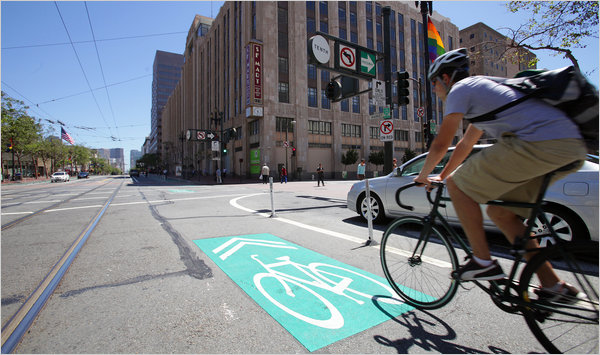San Francisco is different from Silicon Valley in very important ways: it has always produced great media content — and the city itself is great content — starring in movies, photos, books, and songs. It inspires creativity.
Silicon Valley produces the tools that enable others to create but it itself is not an inspiring or creative place. Its architecture is plain; it’s workers dress plainly; and its ambitions are plain dull— to make lots of money.
Silicon Valley’s visionaries are unable to look beyond the tech specs of mass produced consumer goods; and 99% of its companies come and go, leaving no trace, no history.
It has been unable to produce any economist or philosopher to help it understand its place in the world, or understand the global social and political trends that surround it.
When the Arab Spring was in full flow Silicon Valley companies thought they were the revolutionaries, that tweets counted for more than feet on the streets; that a Facebook group is how political change is organized.
Wasted human capital…
Silicon Valley is a large business park attached to two excellent universities, funded by capitalists that live on one road, and who can’t beat the ten-year 8.5% average annual return of an S&P500 Index fund.
More than 90% of their investments fail and this is despite having access to the best educated workforce in the world.
The inability of Sand Hill Road’s VCs to pick and build world-class companies, in the best place on earth to build great companies, is tragic and it sets back the entire world.
Funds are easy…
A billion dollar fund is easy to raise but it takes decades to raise tens of thousands of highly skilled engineers. It’s a senseless waste of scarce talent that VCs put them to work inside me-too startups, instead of working on things that matter.
The Internet of Things is aptly named — bland and uninspiring. Things are just things, the Internet of life is what matters.
Silicon Valley has a business park culture that is unsentimental and unaware of itself. San Francisco is fighting to preserve its culture from being sucked into its flat lands and indistinguishable streets.
The streets of San Francisco are dirty and steep but they reach for the sky and have touched and stirred the souls of billions of people.
It’s no wonder that its residents are fighting so hard to defend its unique nature.
It’s a wonder that Silicon Valley employers don’t understand the fuss over their buses, and why they can’t run their corporate culture into San Francisco. It’s an epic clash of cultures.
Sleepy…
It’s sad to see San Francisco gradually becoming a sleepy bedroom community to a business park. It’s a city of restaurants that close at 10pm and clubs that turn down the music.
I’m hopeful that Silicon Valley companies will see the bugs floating in their Kool-Aid, that using the city as a hostel at night, while isolating their workers all day in campus enclaves, is a bad strategy. It makes them strangers in their own neighborhoods.
Far better to let their workers telecommute from local coffee shops and bars; it’s far better to let them stay close to home and get to know the people and history of this amazing city.
Original ideas come from original experiences. And San Francisco can provide a treasure trove of experiences for Silicon Valley to mine and monetize — instead of running it over with their buses.
Photo credit: NYTimes.com.

Tom Foremski is the Editor and Founder of the popular and top-ranked news site Silicon Valley Watcher, reporting on business and culture of innovation. He is a former journalist at the Financial Times and in 2004, became the first journalist from a leading newspaper to resign and become a full-time journalist blogger.
Tom has been reporting on Silicon Valley and the US tech industry since 1984 and has been named as one of the top 50 (#28) most influential bloggers in Silicon Valley. His current focus is on the convergence of media and technology — the making of a new era for Silicon Valley. He also writes a column at ZDNET.









